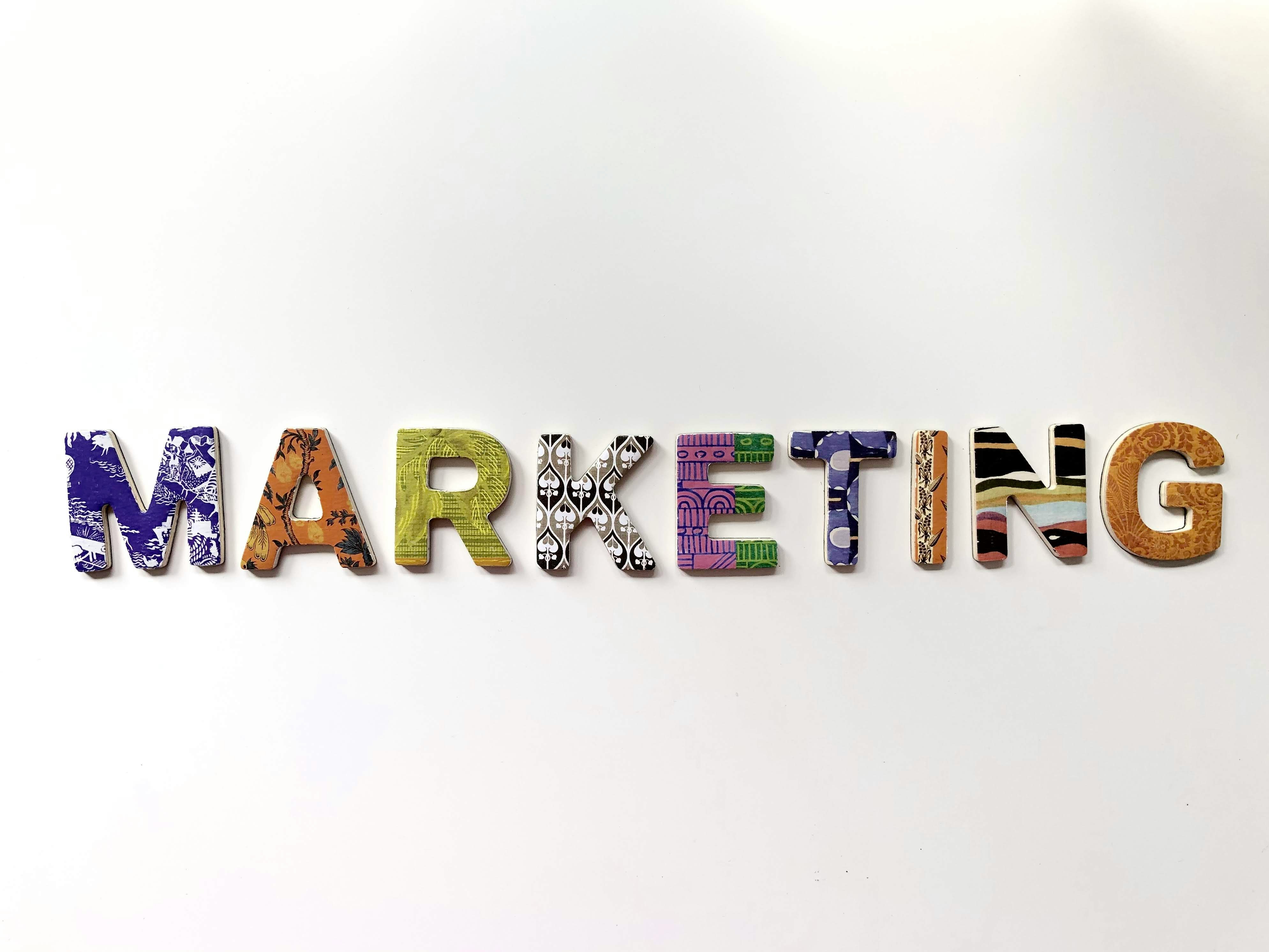Kinetic Typography: The Dynamic Art of Moving Words
In an era where visual communication reigns supreme, kinetic typography has emerged as a captivating medium that breathes life into the written word. This dynamic art form, which combines motion graphics with typography, has revolutionized how we perceive and interact with text across various platforms. From opening credits in films to innovative advertising campaigns, kinetic typography has become an indispensable tool for designers and content creators seeking to make a lasting impact on their audience.
From Screen to Everyday Life
As technology advanced, kinetic typography transcended the realm of film and television, finding its way into various aspects of our daily lives. Social media platforms embraced this dynamic form of communication, with platforms like Instagram and TikTok incorporating text animation features that allow users to create engaging content with minimal effort. This democratization of kinetic typography has led to a surge in creative expression, with individuals and brands alike harnessing its power to stand out in an increasingly crowded digital landscape.
The Psychology Behind Moving Words
The effectiveness of kinetic typography lies in its ability to capture and maintain audience attention. Studies have shown that moving text is more likely to be read and remembered compared to static text, making it an invaluable tool for conveying important information. The dynamic nature of kinetic typography also allows for the manipulation of timing and pacing, enabling creators to emphasize certain words or phrases and evoke specific emotional responses from viewers.
Kinetic Typography in Branding and Marketing
In the world of branding and marketing, kinetic typography has become a powerful asset for companies looking to create memorable and impactful campaigns. By animating their logos, taglines, and key messages, brands can create a more engaging and interactive experience for their audience. This approach has proven particularly effective in digital advertising, where capturing attention in a matter of seconds is crucial. From eye-catching banner ads to immersive landing pages, kinetic typography has helped brands tell their stories in innovative and compelling ways.
The Future of Kinetic Typography
As we look to the future, the potential applications of kinetic typography continue to expand. With the rise of augmented and virtual reality technologies, we can expect to see kinetic typography integrated into immersive experiences, blurring the lines between the physical and digital worlds. Additionally, advancements in artificial intelligence and machine learning may lead to more sophisticated and responsive text animations, capable of adapting to user interactions in real-time.
Challenges and Considerations
While kinetic typography offers exciting possibilities, it also presents unique challenges for designers and content creators. Balancing aesthetics with readability is crucial, as overly complex animations can detract from the message rather than enhance it. Accessibility is another important consideration, as kinetic typography may pose difficulties for individuals with visual impairments or reading disabilities. As the field continues to evolve, addressing these challenges will be essential to ensuring that kinetic typography remains an inclusive and effective communication tool.
Educational Applications
The educational sector has also begun to harness the power of kinetic typography to enhance learning experiences. Interactive textbooks and online courses are incorporating animated text to explain complex concepts, making abstract ideas more tangible and engaging for students. This approach has shown particular promise in fields such as mathematics and science, where visual representation of formulas and processes can significantly aid comprehension.
Kinetic Typography in Public Spaces
Beyond the digital realm, kinetic typography has found its way into physical environments, transforming public spaces into dynamic, interactive experiences. From digital billboards in Times Square to information displays in airports and museums, animated text is being used to convey real-time information, create immersive art installations, and enhance wayfinding systems. This integration of kinetic typography into architectural and urban design is redefining how we interact with our surroundings and consume information in public spaces.
In conclusion, kinetic typography represents a fascinating intersection of art, technology, and communication. As it continues to evolve and permeate various aspects of our lives, this dynamic medium promises to reshape how we engage with text and visual information. Whether in advertising, education, or public spaces, the art of moving words is poised to play an increasingly significant role in how we convey ideas and tell stories in the digital age.





